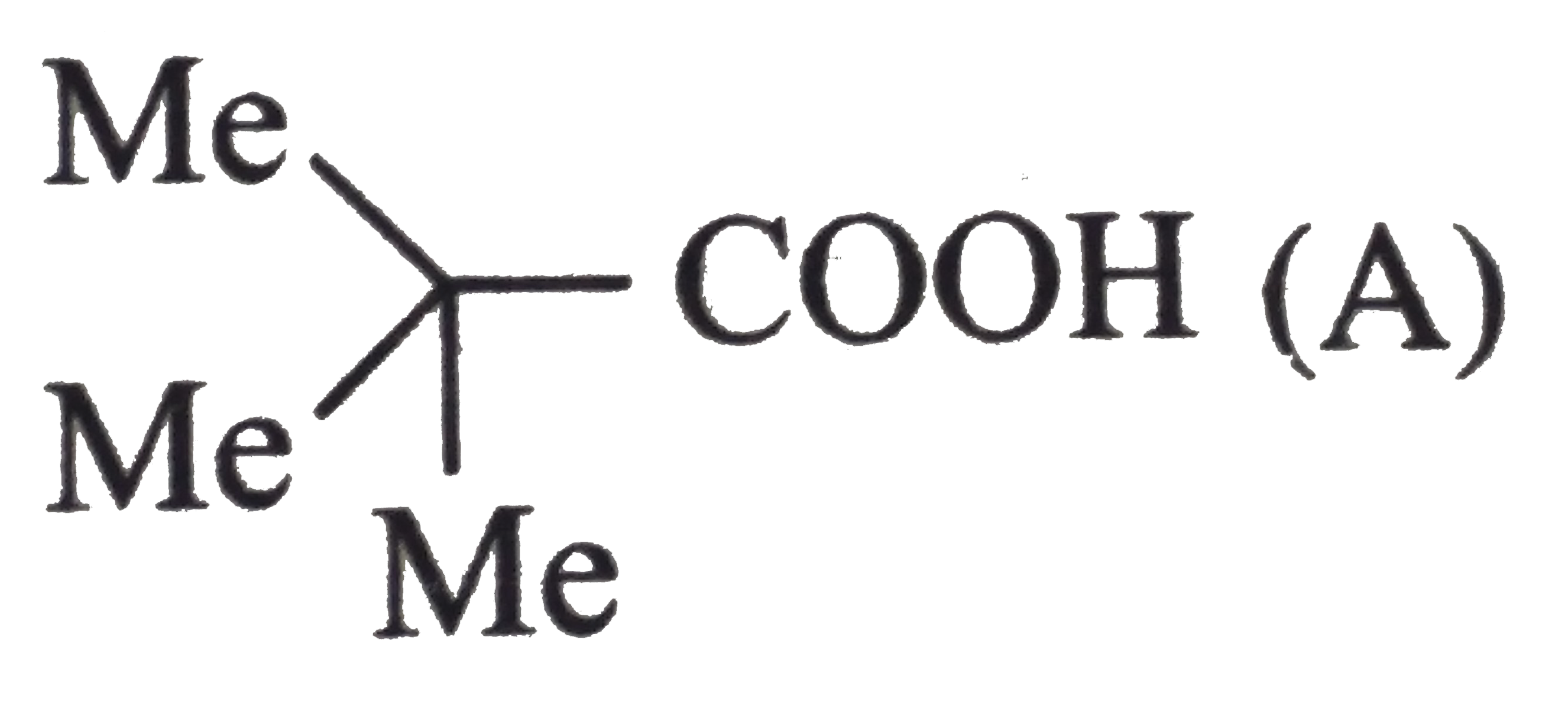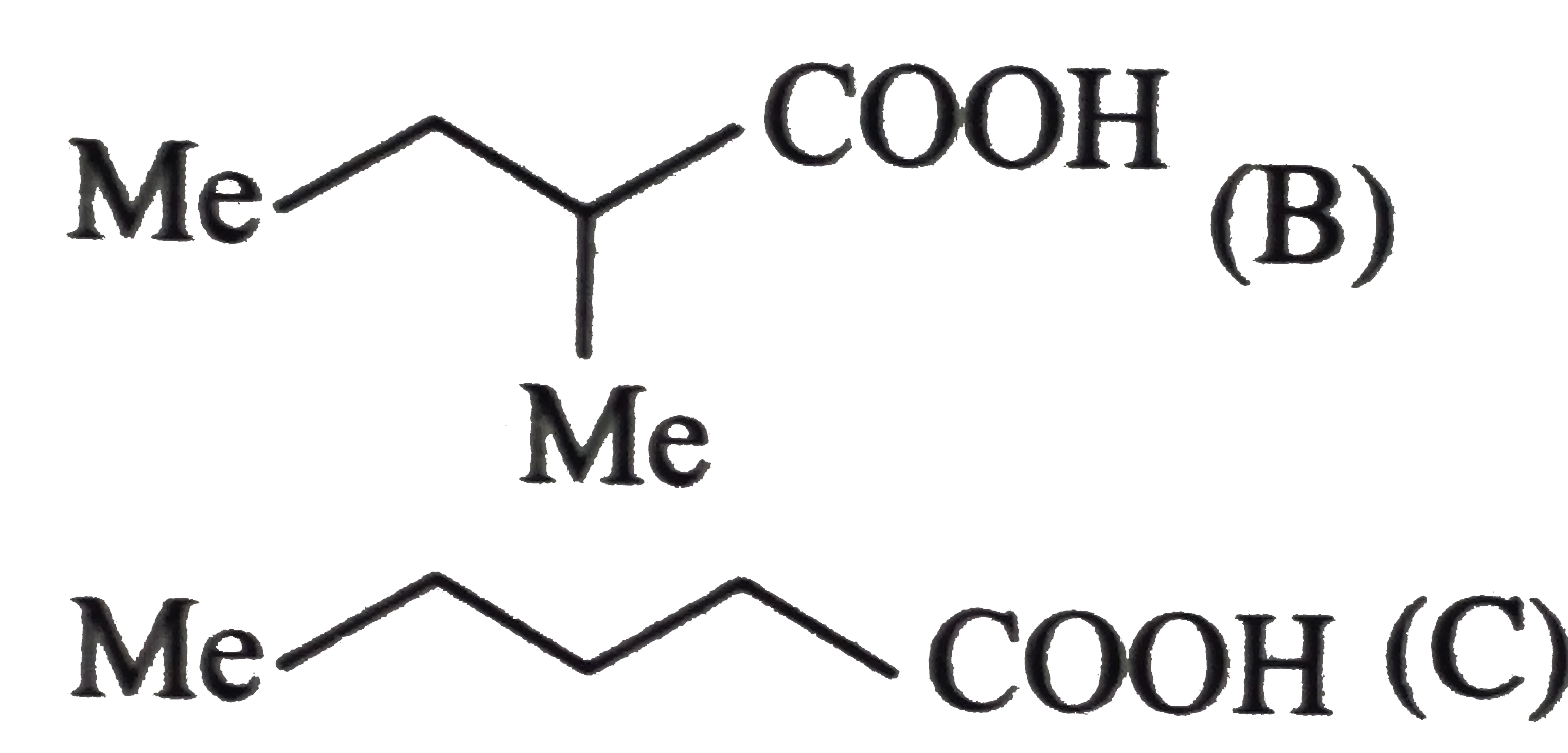Differentiate between .
(a) BOD and COD
(b) Montreal and Kyoto protocols.
Step-by-Step Solution
1. Full Form:
- BOD: Biological Oxygen Demand
- COD: Chemical Oxygen Demand
2. Definition:
- BOD refers to the amount of oxygen consumed by microorganisms to decompose organic matter in water.
- COD refers to the amount of dissolved oxygen required for the oxidation of both organic and inorganic matter in water.
3. Microbial Involvement:
- BOD involves the use of aerobic microbes for the decomposition of organic matter.
- COD uses chemical reagents for the oxidation process.
4. Time Frame:
- BOD takes several days to complete the decomposition process (typically a few days).
- COD can be completed in a matter of hours (less than a few hours).
5. Nature of Matter:
- BOD primarily measures the oxygen required for organic matter decomposition.
- COD measures the oxygen required for the oxidation of both organic and inorganic matter.
---
(b) Differentiation between Montreal and Kyoto Protocols:
1. Location:
- Montreal Protocol: Held in Montreal, Canada.
- Kyoto Protocol: Held in Kyoto, Japan.
2. Year of Proposal:
- Montreal Protocol: Proposed in 1987 and became effective in 1989.
- Kyoto Protocol: Signed in 1997.
3. Main Objective:
- Montreal Protocol: Aimed to protect the stratospheric ozone layer by phasing out substances that deplete it, particularly chlorofluorocarbons (CFCs).
- Kyoto Protocol: Aimed at reducing greenhouse gas emissions to combat global warming.
4. Focus of Regulation:
- Montreal Protocol focuses on ozone-depleting substances.
- Kyoto Protocol focuses on greenhouse gases like CO2, N2O, and CH4.
5. Impact on Environment:
- Montreal Protocol helps in the recovery of the ozone layer, which protects against harmful UV radiation.
- Kyoto Protocol aims to mitigate climate change by reducing the overall greenhouse gas emissions.
---
- BOD: Biological Oxygen Demand
- COD: Chemical Oxygen Demand
- BOD refers to the amount of oxygen consumed by microorganisms to decompose organic matter in water.
- COD refers to the amount of dissolved oxygen required for the oxidation of both organic and inorganic matter in water.
- BOD involves the use of aerobic microbes for the decomposition of organic matter.
- COD uses chemical reagents for the oxidation process.
- BOD takes several days to complete the decomposition process (typically a few days).
- COD can be completed in a matter of hours (less than a few hours).
- BOD primarily measures the oxygen required for organic matter decomposition.
- COD measures the oxygen required for the oxidation of both organic and inorganic matter.
- Montreal Protocol: Held in Montreal, Canada.
- Kyoto Protocol: Held in Kyoto, Japan.
- Montreal Protocol: Proposed in 1987 and became effective in 1989.
- Kyoto Protocol: Signed in 1997.
- Montreal Protocol: Aimed to protect the stratospheric ozone layer by phasing out substances that deplete it, particularly chlorofluorocarbons (CFCs).
- Kyoto Protocol: Aimed at reducing greenhouse gas emissions to combat global warming.
- Montreal Protocol focuses on ozone-depleting substances.
- Kyoto Protocol focuses on greenhouse gases like CO2, N2O, and CH4.
- Montreal Protocol helps in the recovery of the ozone layer, which protects against harmful UV radiation.
- Kyoto Protocol aims to mitigate climate change by reducing the overall greenhouse gas emissions.
Topper's Solved these Questions
- ENVIRONMENTAL ISSUESBOOK - ICSECHAPTER - ENVIRONMENTAL ISSUESEXERCISE - PRACTICE QUESTIONS (LONG ANSWER TYPE QUESTIONS)
17 Videos
- ENVIRONMENTAL ISSUESBOOK - ICSECHAPTER - ENVIRONMENTAL ISSUESEXERCISE - PREVIOUS YEARS. BOARD PAPER QUESTIONS (VERY SHORT ANSWER TYPE QUESTIONS)
2 Videos
- ENVIRONMENTAL ISSUESBOOK - ICSECHAPTER - ENVIRONMENTAL ISSUESEXERCISE - PRACTICE QUESTIONS (SHORT ANSWER TYPE-I QUESTIONS)
6 Videos
- ECOSYSTEMSBOOK - ICSECHAPTER - ECOSYSTEMSEXERCISE - COMPETITION CORNER (ASSERTION AND REASON TYPE QUESTIONS (FOR AIIMS ASPIRANTS))
14 Videos
- EVOLUTIONBOOK - ICSECHAPTER - EVOLUTIONEXERCISE - COMPETITION CORNER (Assertion and Reason Type Questions (For AIIMS aspirants))
26 Videos
Similar Questions
Differentiate between :
(a) DNA and RNA
(b) Ribose and deoxyribose
View SolutionDifferentiate between the following acids :
(a)
(b)
View SolutionMontreal protocol was signed in
View SolutionDifferentiate between:
(a) Solidification and condensation
(b) Melting and boiling
(c) Gas and vapour
(d) Miscible and immiscible liquids
View SolutionDifferentiate between (a) oestrus and menstrual cycles, (b) ovipary and vivipary. Give an example for each type.
View SolutionDifferentiate between :
(a) Xenogamy and Geitonogamy
(b) Oviparous and Viviparous organisms
(c) Parthenogenesis and Parthenocarpy
View SolutionMontreal Protocol was aimed to
View SolutionDifferentiate between
(a) Racemose and cymose inflorescence
(b) Fibrous roots and adventitious roots
(c) Apocarpous and syncarpous ovary
View SolutionDifferentiate between
(a) Open circulatory system and closed circulatory system.
(b) Oviparous and viviparous characteristic.
(c ) Direct development and Indirect development.
View Solution(a) Why water soluble vitamins must be supplied regularly in the dite ? Give one example of it.
(b) Differentiate between the following :
(i) Essential and non-essential amino acids.
(ii) Fibrous and globular proteins.
View Solution

